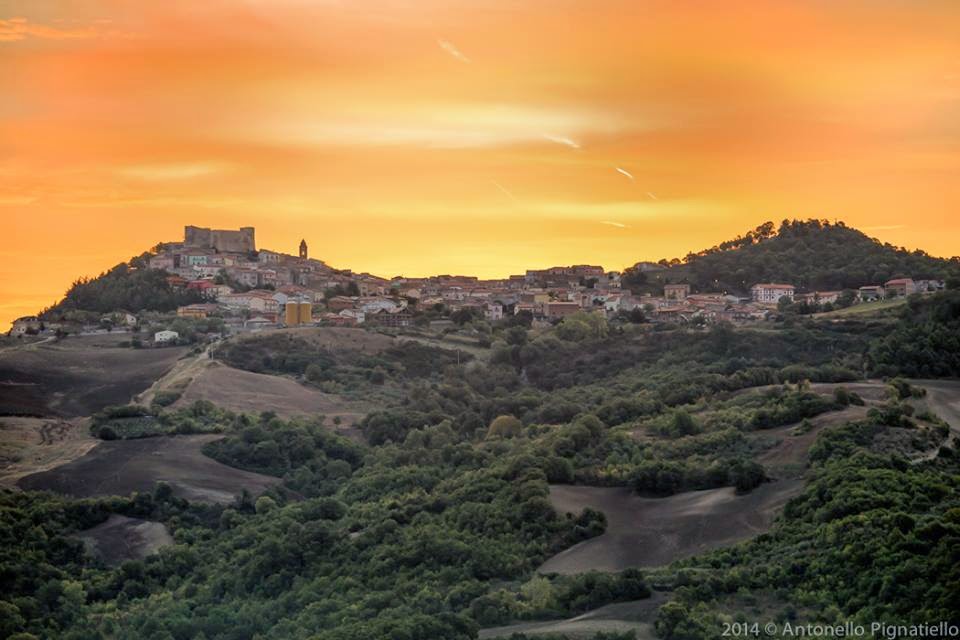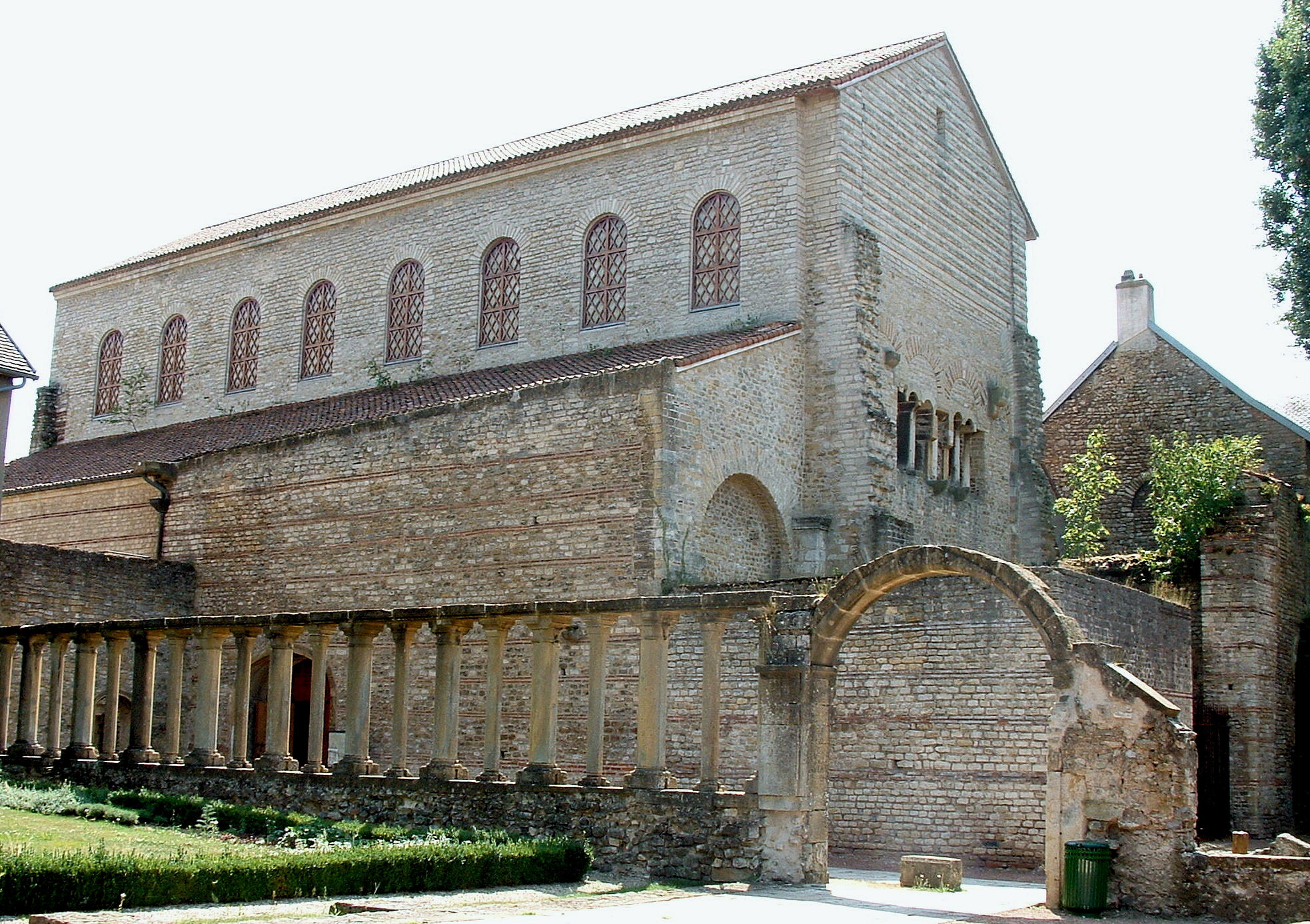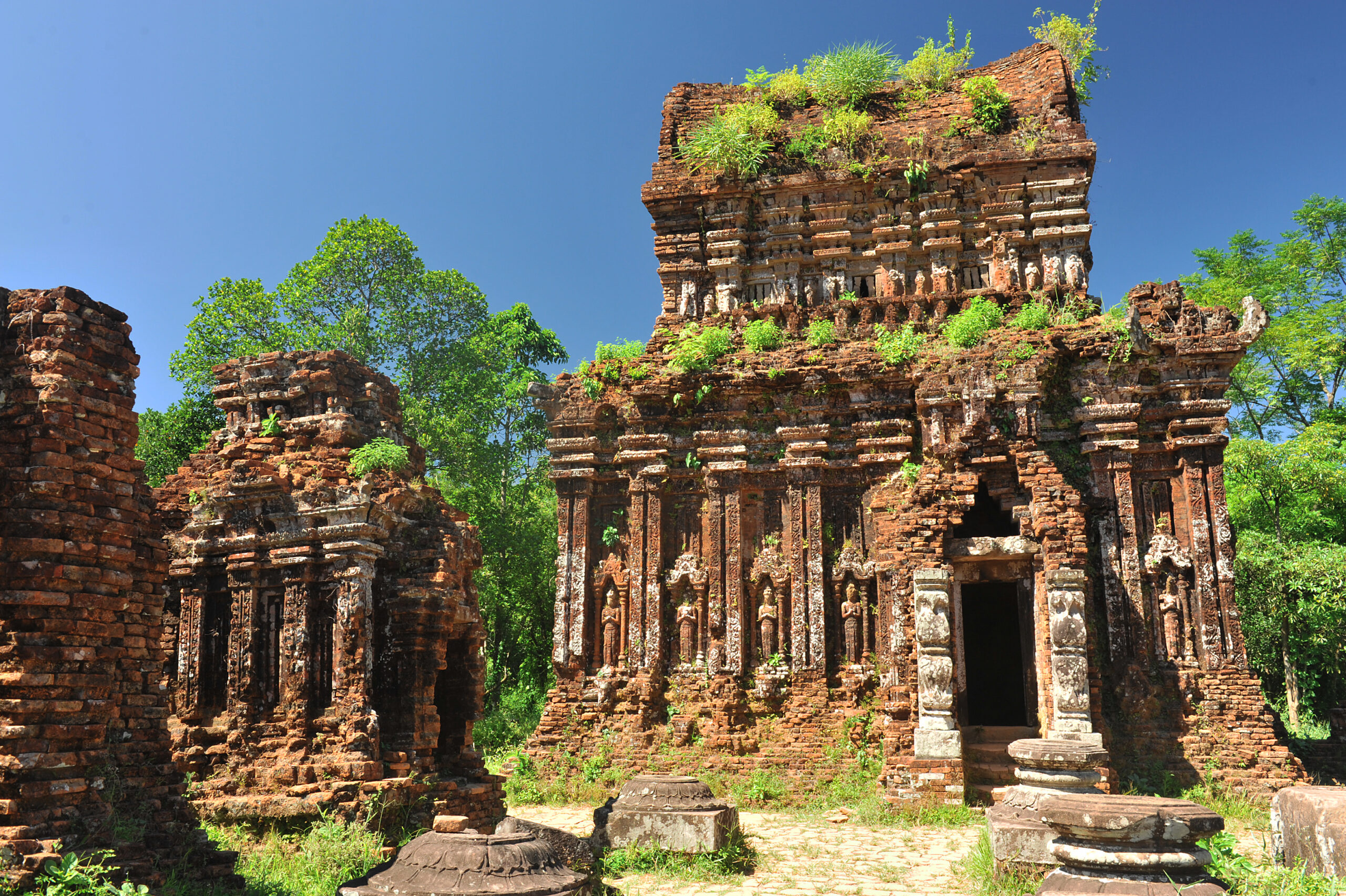Lying on three hills, it rises 740 meters above sea level on the ridge that marks the border with Basilicata, spreading over the Castello, Croce and Incoronata hills, dominating the Osento valley.The name derives from Castrum Montis Viridis in reference to the mountain rich in vegetation on which the town stands.
is a town of medieval origin, but remains of a vast fortified wall dated to the 4th century B.C.. indicate it arose on an area inhabited in ancient times; according to scholars, this would be the Samnite Comino, founded in an area frequented as early as the Neolithic period. It enjoys a varied and enchanting landscape, and its happy location makes it a center of reference for those who love nature and landscape excursions. In this regard, the Serro dell’Incoronata and the Serro della Croce, surrounded by greenery, have also been equipped for picnics.Rich in traditions, its inhabitants are quite friendly, bearing witness to a frank and sincere peasant civilization.
History of Monteverde. Various findings made, testify to the human presence in the area, already in distant ages, Neolithic era (III – II millennium BC), Iron Age 1400 – 1300 BC. In this place stood, in the 4th – 3rd century BC, a Samnite stronghold destroyed by the Romans, around 296 – 293 BC. Remains of it are still visible.(Photo 1) According to historian Vito Buglione, also from the village, Monteverde was built where the remains of the old Aquilonia, destroyed by the Romans a few centuries earlier, were. The first useful document, in which a castle of Montevirido is mentioned, dates from the year 897and is found in the Capitular Archives of the city of Barletta. A bridge over the Ofanto River was built downstream, connecting the town with Basilicata and Puglia. In the Norman period several lords took turns. In the time of Giovanna I, queen of Naples and Sicily, the town was destroyed and sacked by a passing army. In 1516 Francesco Orsini became its lord. Later the fief belonged to the Grimaldis of Monaco from 1532 to 1640 with Honoré, Hercules, Charles and Honoré II; finally it was owned by the Caracciolos. Put up for sale by Charles II of Spain in 1695, it was purchased by Baron Michele Sangermano. The town belonged to this lineage until 1806 when feudal rights were abolished.













